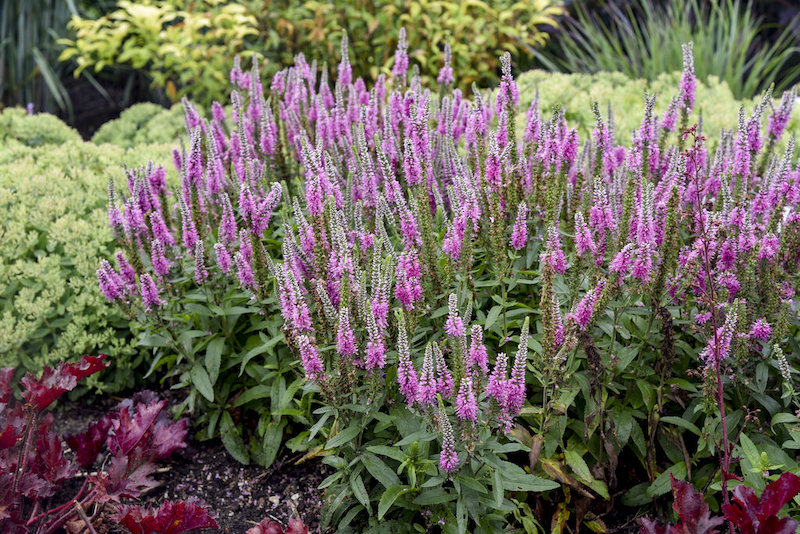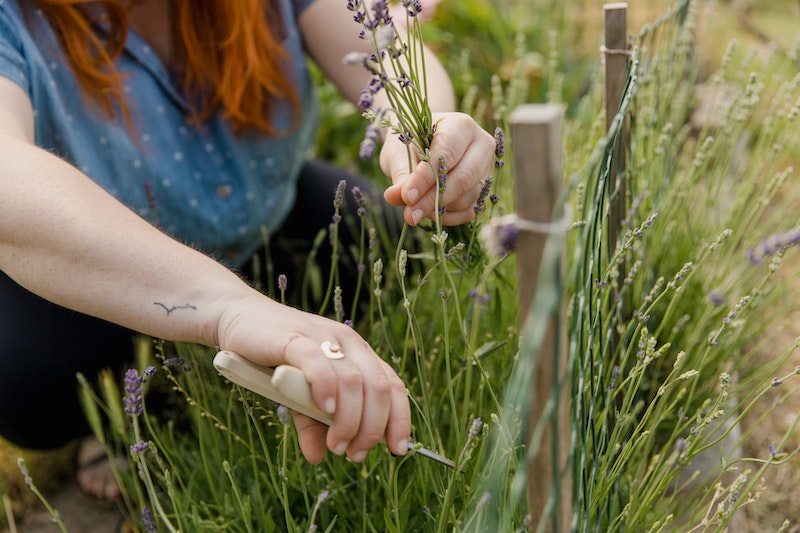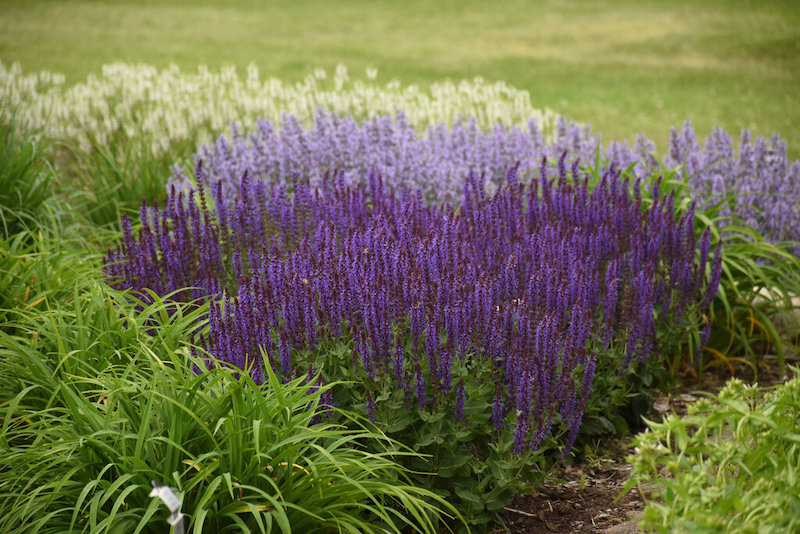After choosing a particular perennial for its beautiful flowers, it can be disheartening when it suddenly fails to produce them. A lack of blooms is usually a reversible problem, however, so there is no need to fret just yet! Blooming issues are commonly related to growing conditions or plant health. Instead of giving up and replacing the plant, you may need to try adjusting its care or changing the environment.

Common Reasons Why Perennials Aren't Blooming
One of the most common reasons a plant fails to bloom is due to inadequate sunlight. Plants need sunlight to produce their own food, and lower light levels can prevent plants from having enough energy to make blooms. Another common problem that stunts a plant’s flowering is inconsistent or inadequate watering, especially in hotter climates. Without the right amount of water, plants can spend a lot of their energy just trying to conserve it or stay alive. Other factors that may limit a plant's ability to bloom include improper or ill-timed pruning, plant age, a lack of nutrients, and damage from pests, frost, or disease.

Pruning Perennials To Help Them Bloom
When plants are pruned improperly or at the wrong time of year, blooming can be reduced or absent. Pruning and shaping perennials just before they are about to bloom, for example, can impact how many flowers you will see, so it is important to be aware of the bloom time of your plants. Conversely, pruning after blooms fade may encourage a second flush of blooms. When flowers have faded, remove them. This will prevent the flower from going to seed, which can help the plant redirect its energy into new flowers. Once the plant has finished blooming, you can prune and shape as desired.

Fertilizing Perennials To Help Them Bloom
While plants need nutrients in order to bloom, nutrient deficiencies alone are less likely to cause insufficient blooming than improper lighting, pruning, watering, etc. In fact, overfertilizing is more likely to prevent blooms than a lack of fertilizer. This is especially true when flowering plants are given high amounts of nitrogen, which is the nutrient responsible for green, leafy growth. Even a balanced fertilizer applied at the wrong time or concentration can lead to leafy growth at the expense of flower production. If you have ruled out all other causes, soil testing can help determine what nutrients your plants might be lacking, which could lead to lower bloom rates. Bloom-boosting fertilizers can aid your plant in flower production, though it is a good idea to do a bit more research to find out which type of fertilizer is best for your plants.

Getting Perennials To Produce More Blooms
Overall, the best way to ensure that your blooming plants will continue to bloom is to set them up for success with the right kind of soil, sufficient water, adequate light, and proper pruning and care. One way to keep perennials and shrubs blooming a bit longer is to deadhead the blooms as they fade. This can be as easy as pinching or trimming off the old blooms once they start to lose their color. While fertilizer alone will not make plants bloom, it can provide them with the needed nutrients to support and extend the length of bloom time.
Why Perennials Aren’t Blooming
- Inadequate light
- Inconsistent water
- Pruning at the wrong time
- Too much / wrong kind of fertilizer
 |
Author Lynn Gusman - Published 1-18-2023 |
